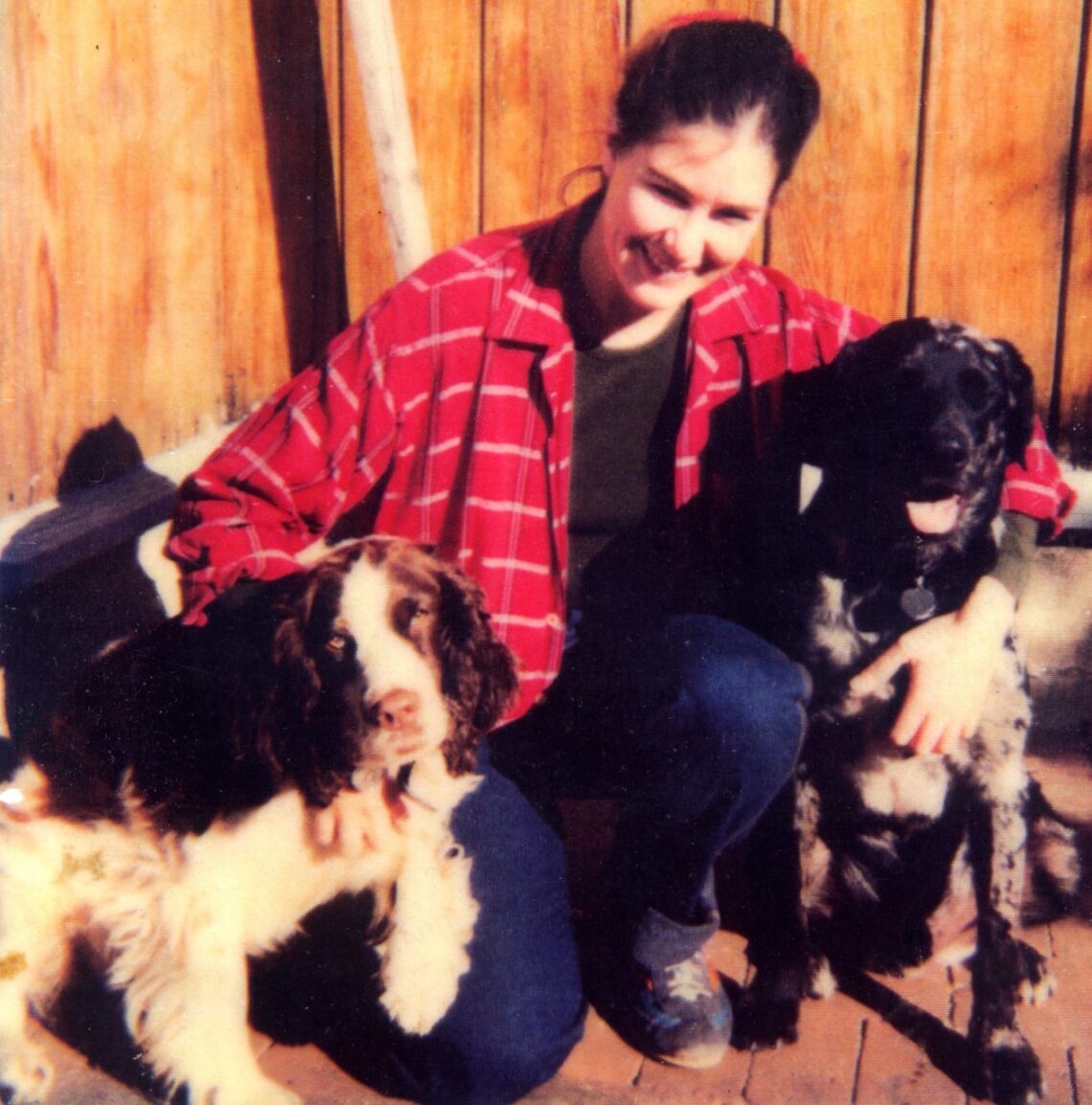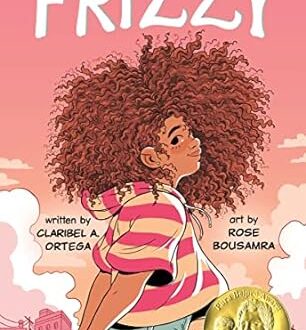-
Cat Behavior—Decoded
Wish you had a secret decoder that explained strange cat behavior? Get ready to decode their body language, understand their instincts, and discover the hidden messages behind those mesmerizing eyes. So, put on your detective hats, sharpen your observation skills, and let’s embark on a purr-fect journey into the captivating realm of cat behavior!
What is normal cat behavior? Stick with us and we will tell you—beginning with purring. Cats often purr when they’re feeling relaxed, but they may also purr to self-soothe if they are feeling stressed or are injured. When kittens are born, mama cats purr, creating a vibration to guide kittens to mom’s nipple to nurse. Cats will also purr to socialize with other cats and communicate with their owners that they want something.
When cats expose their bellies to us, they are saying they trust us. But when we take them up on this ‘offer’ by rubbing their bellies, they may retract it with a bite or a scratch, as it was only meant as communication.
Wagging its tail doesn’t mean the same thing that when a happy dog wags its tail. With a cat, the thrashing tail means ‘stop what you are doing or I am going to get angry and might bite you.’ Or else your cat is in hunting mode. Then you need to stay out of his way while he zeroes in on his prey.
You might have noticed that your cat loves napping and seemingly sleeps all the time. This trait has developed so that they can conserve energy for hunting.
Besides purring and meowing, another common cat noise is chirping. You might find your cat chirping as it stares out the window from the perch at a bird or when it greets a fellow feline. A cat’s chirp tends to mean one of two things: Its hunting instincts are activated as it spies a bird, bug, mouse, or toy. As it chirps, the cat’s tail twitches back and forth and its pupils dilate. Or, a cat may also chirp when it’s excited to see someone, be it a fellow cat…or you.
If you’ve spent any amount of time with a cat, you’ve likely seen them bat at something on a table until it falls off. This could be because of boredom, attention-seeking, hunting, or playfulness. They respond to the outcomes, too. If something rolls, it may become prey ‘running away’ and they will chase it. When you suddenly stop what you’re doing to run to your cat, your cat receives a reward that it can test over and over and over again.
Scratching—is a deeply ingrained behavior in cats. Cats have scent glands on their paws, and releasing the odor allows them to “mark” objects as their own. Other reasons include releasing energy or excitement, sharpening their claws, and simply because scratching is fun and feels good.
A cat will lick their humans to show care and affection. When your cat licks you, they are creating a special social bond with you. This licking behavior stems from kittenhood when a mama cat licks her kittens to groom and show affection. Along with licking you, cats tend to lick themselves—a lot! This is because they’re self-cleaning creatures, and their grooming habits are quite impressive. This means you don’t need to worry about routine baths and grooming in the same way you do for a dog.
You’re sitting there minding your own business, and here comes your kitty making all sorts of weird noises and carrying an object in her mouth. If you’re lucky, it’s one of her favorite toys, but cats are also known to bring their humans dead bugs, rodents, and birds. Your cat may bring you a prey item—such as a toy or mouse—presenting it to you as a gift. This is your cat saying you are part of their pack and they want to make sure you are well fed. They may also do this to repay you for feeding them, mimic their mother, or give you a gift.
Kittens use meows to communicate with their moms, but grown cats employ them solely to communicate with humans. Some cat breeds are chattier than others, but if your cat goes from not-that-frequent to frequent talking, it could be a sign that something’s off. A vet visit can help you figure out the issue.
Okay cat detective, now that you can decode your cat’s behavior—what is your cat saying to you?
AIME
-
How Buster Came To Live With Us
The Buster the Very Shy Dog series was inspired by my real pets and their relationships with one another. Not all of my pets have been book-worthy, but I have had a number of dogs and cats with big personalities.
I already had one dog and four cats when I went across the street to visit the neighbor dog’s litter of puppies. I had no intention of bringing one home. At the bottom of the pile of scrabbling furballs was a small, shy, tailless puppy that took my heart. But how would my other pets treat him? I asked my neighbor if I could take the little puppy home for a minute to see how he would fit in to the household. She had eight puppies to give away and was more than happy to allow it.
I plunked the puppy down in the middle of the livingroom. He seemed relieved to have a break from his siblings climbing all over him. The cats circled him and left, apparently deciding that since he was smaller than they were, he posed no threat. Phoebe sniffed him thoroughly while he watched her with admiring eyes. She strolled back into the kitchen with a glint in her eye. No doubt, she was ready to relish the role of big sister and was already thinking of ways to trick him into doing what she wanted. He had been accepted into the family. I named him Buster, after Buster Keaton, my favorite actor.
Even when he grew up to be bigger than all of them put together, Phoebe and the cats always bossed him around. I think Buster still felt like the tiny puppy he was when he first arrived.




